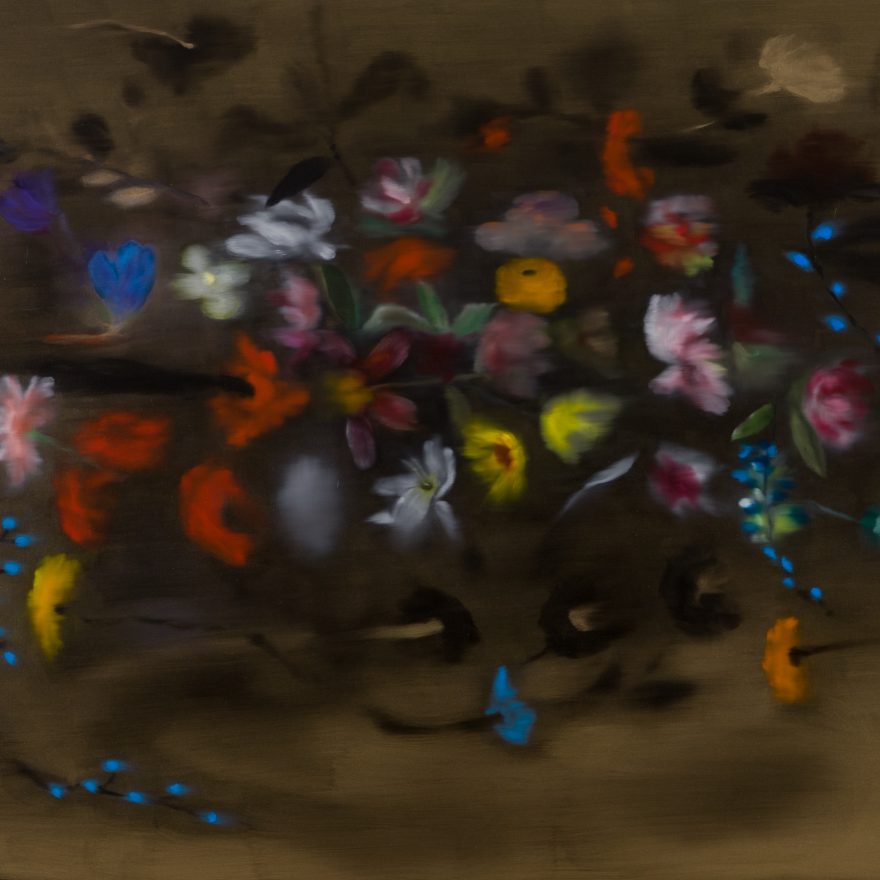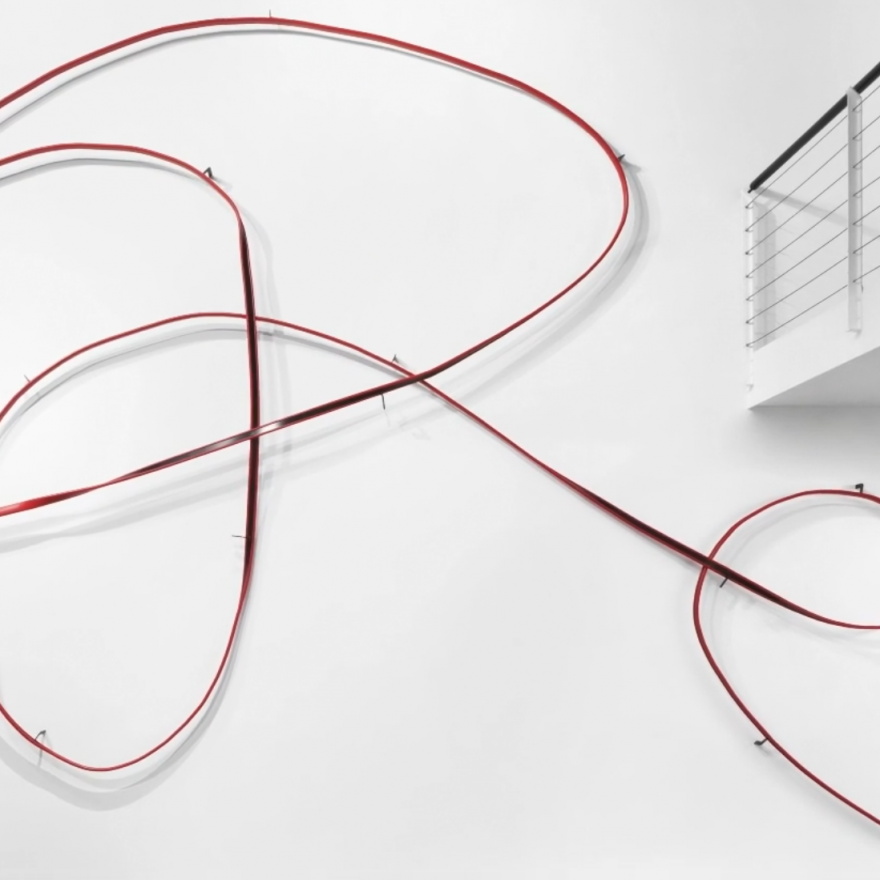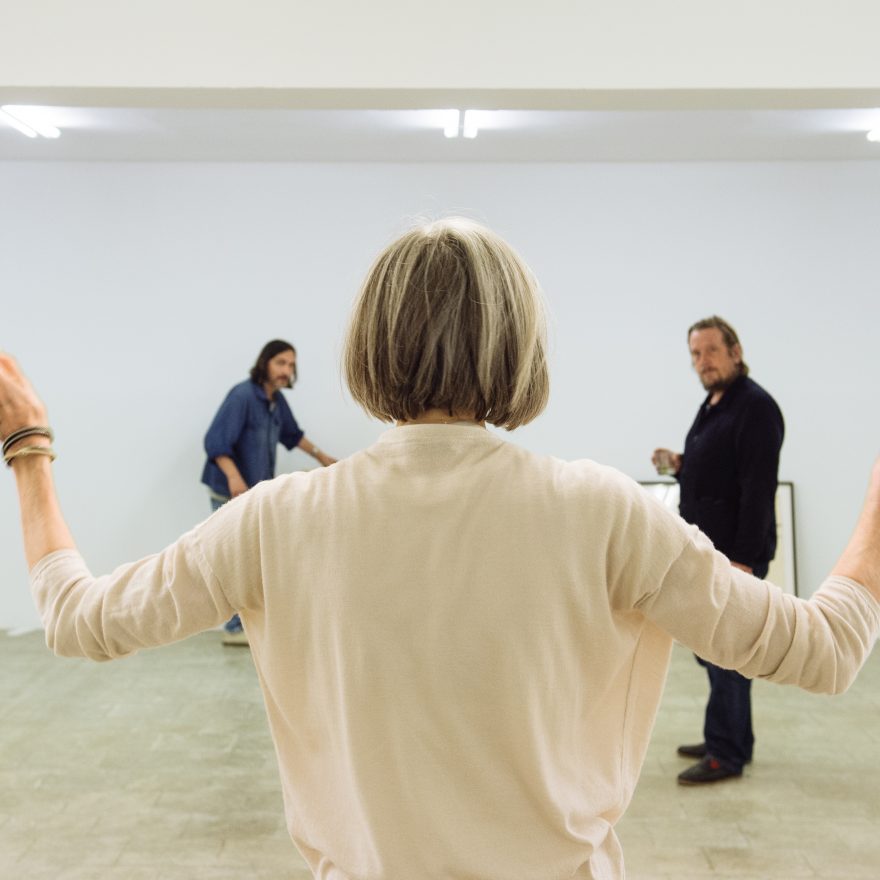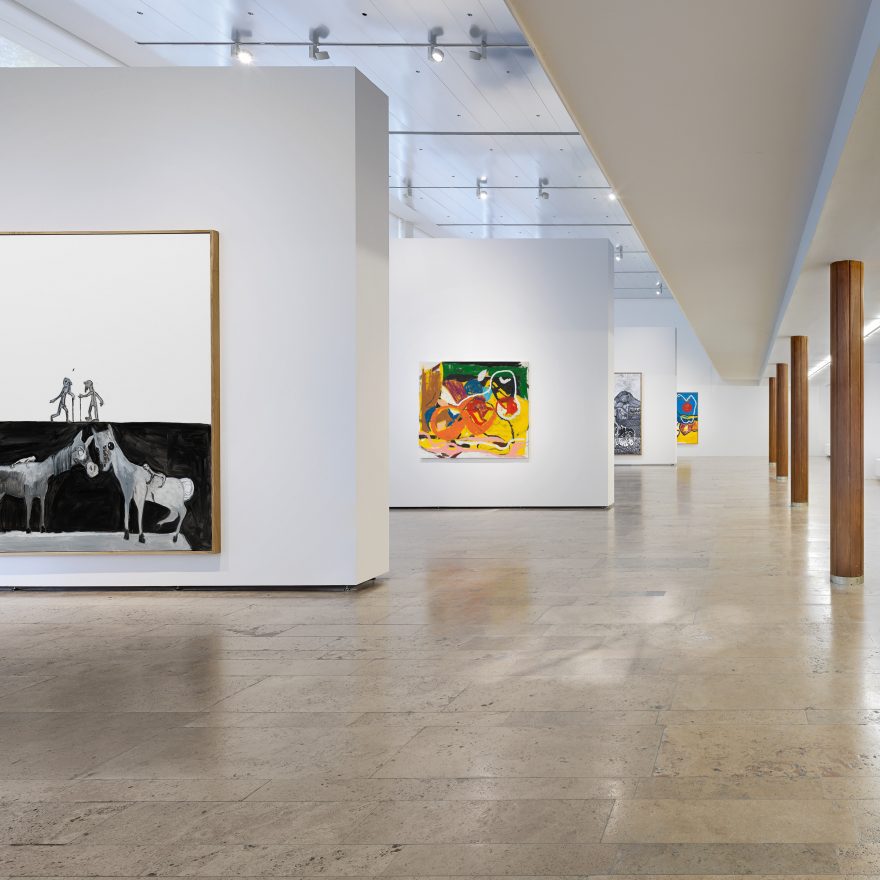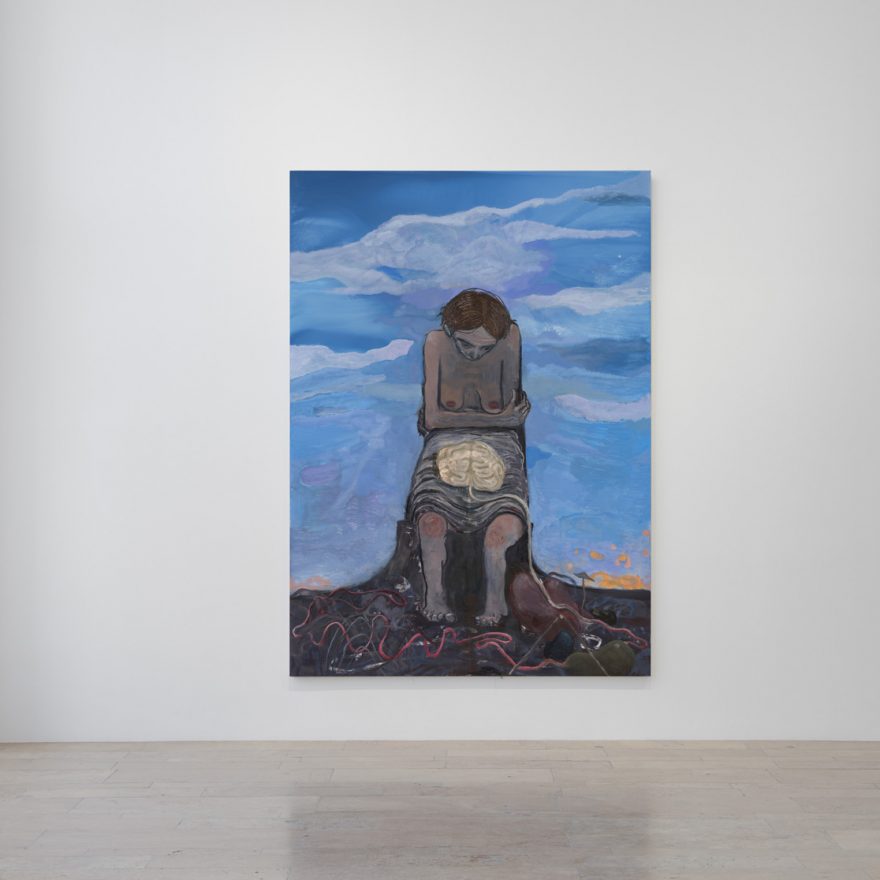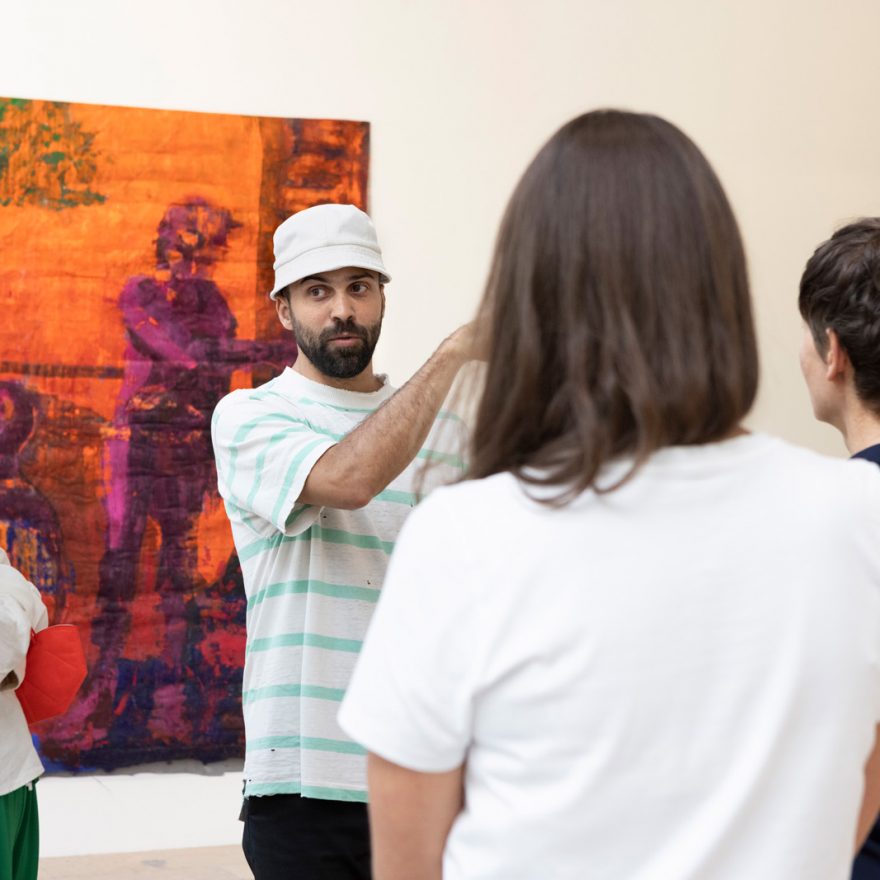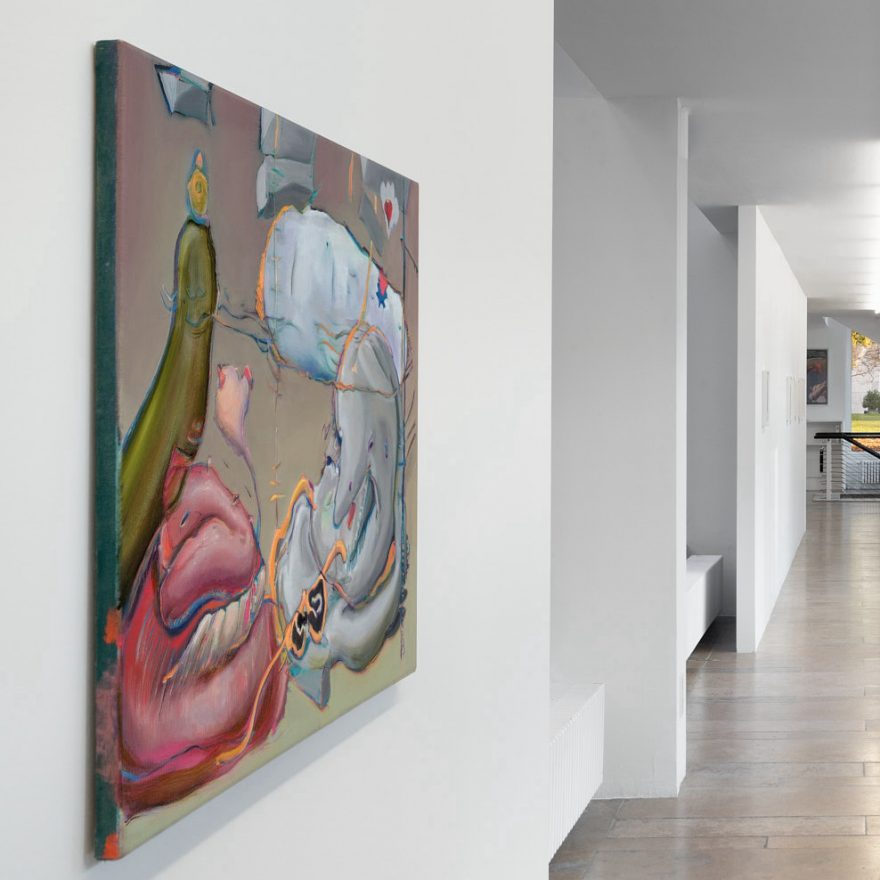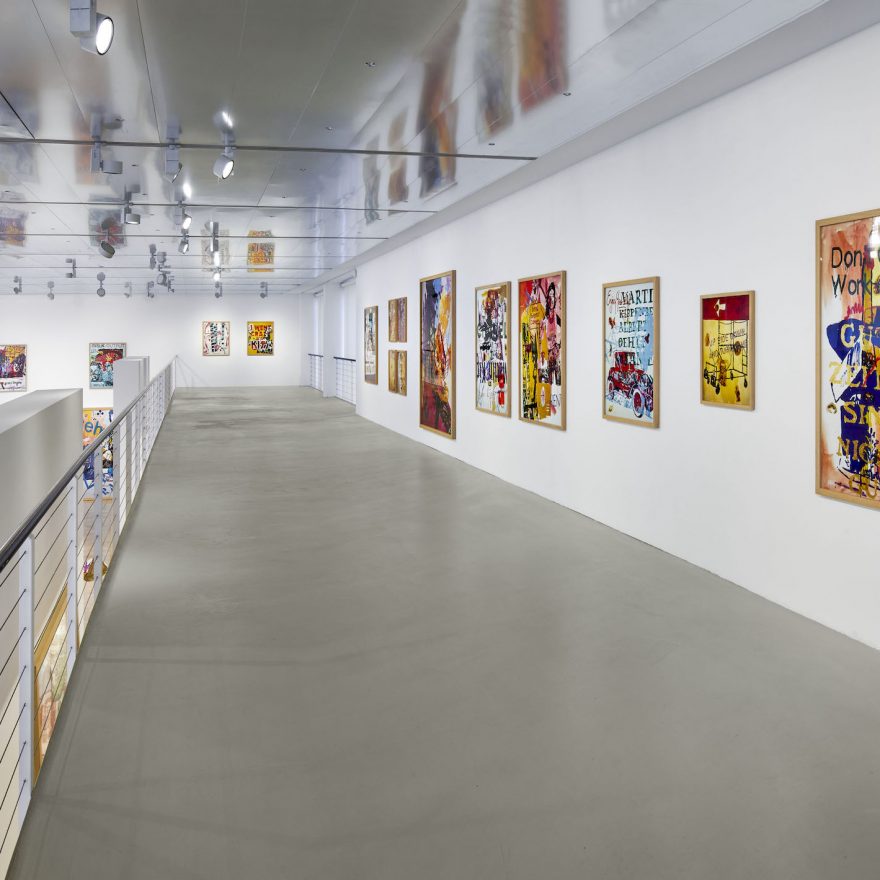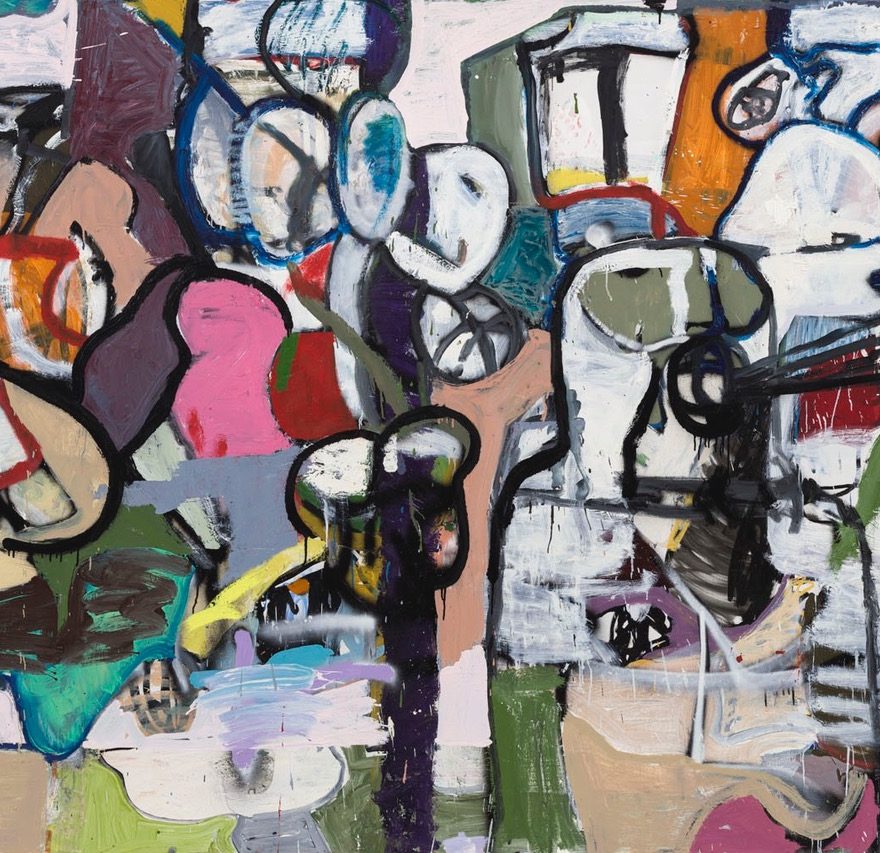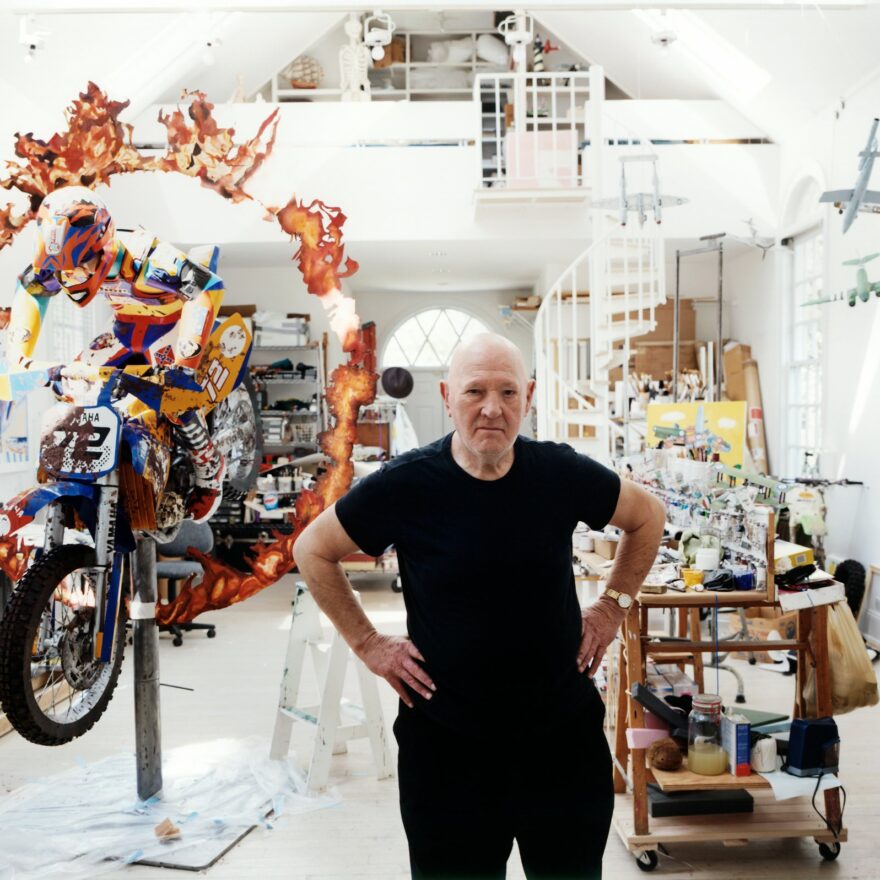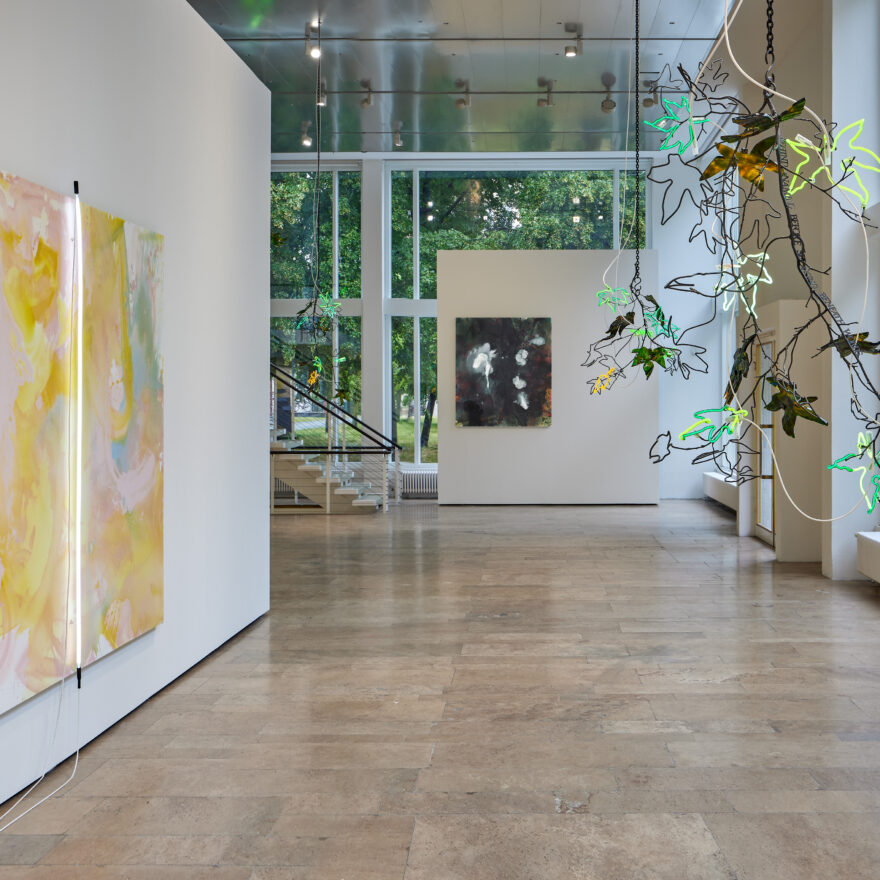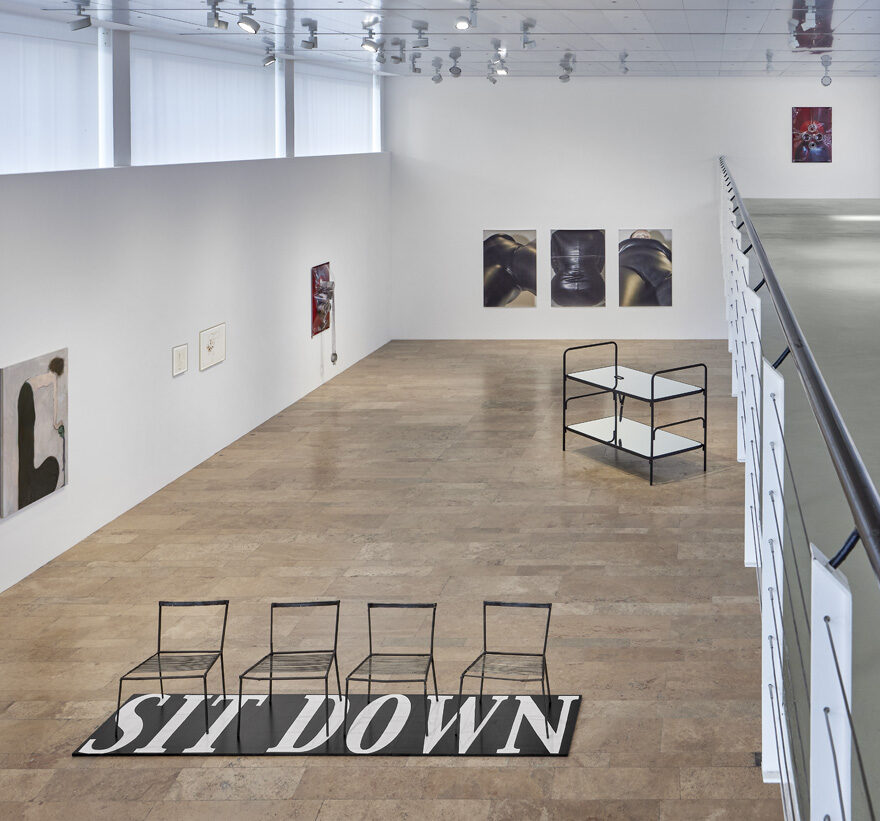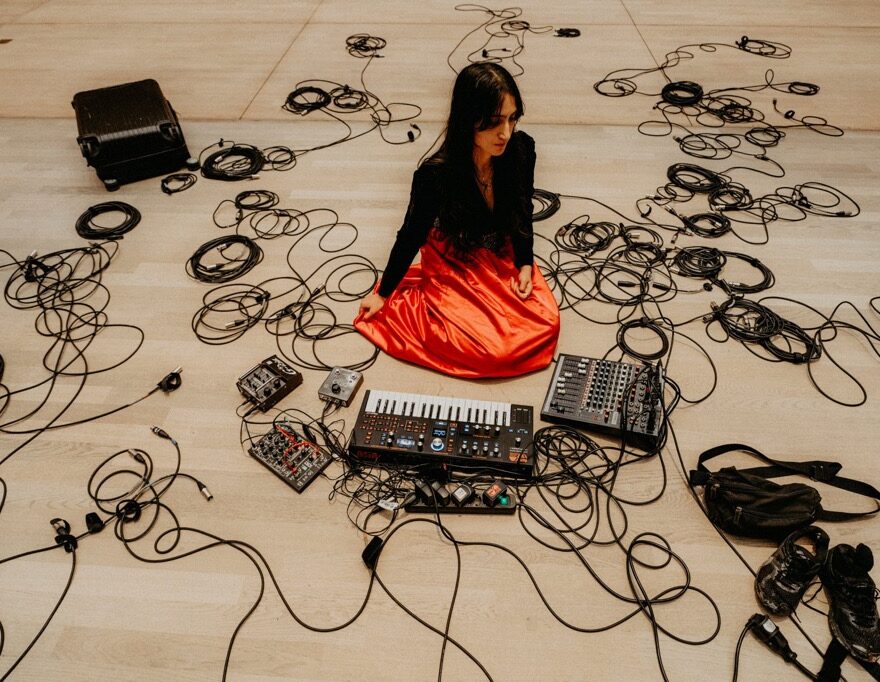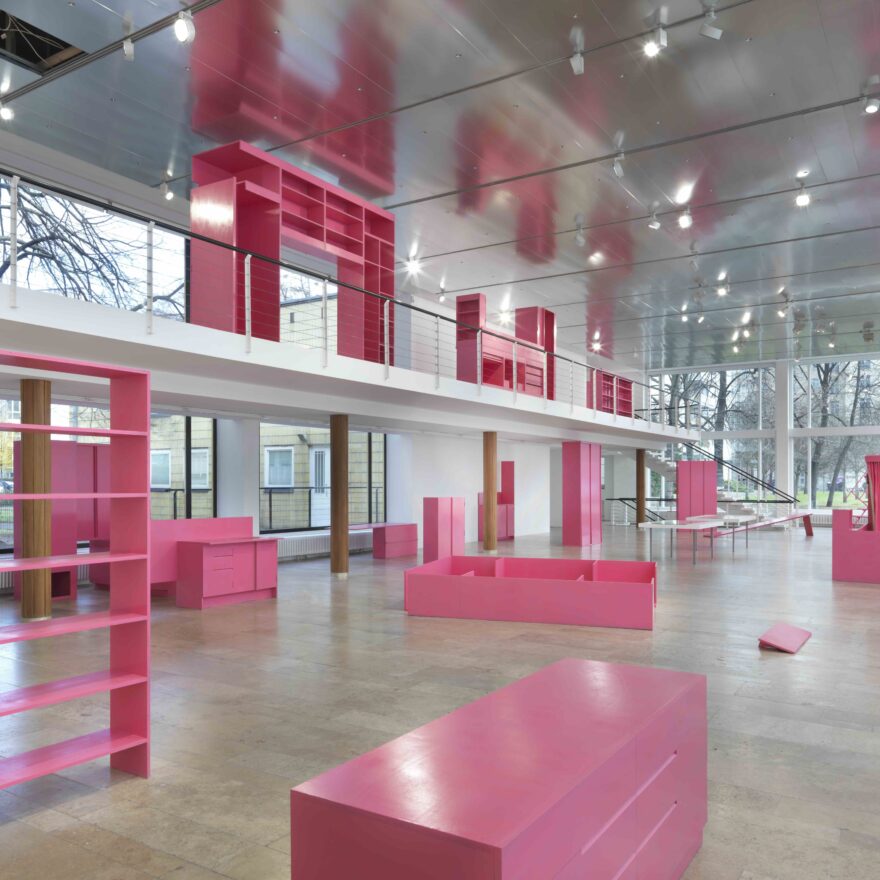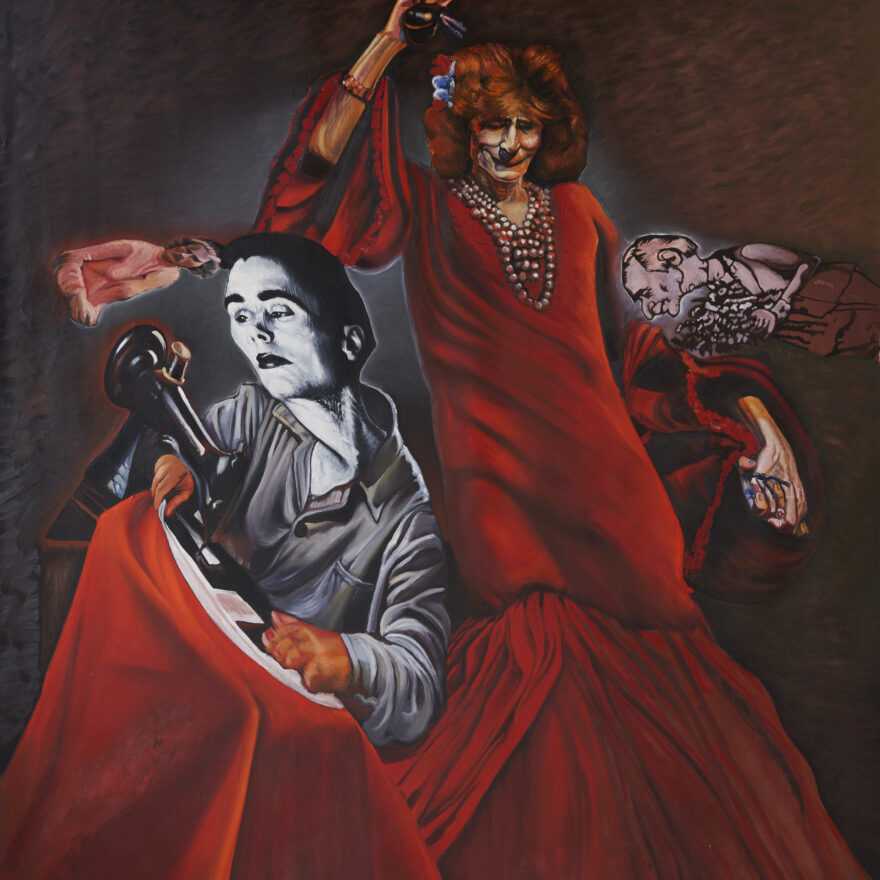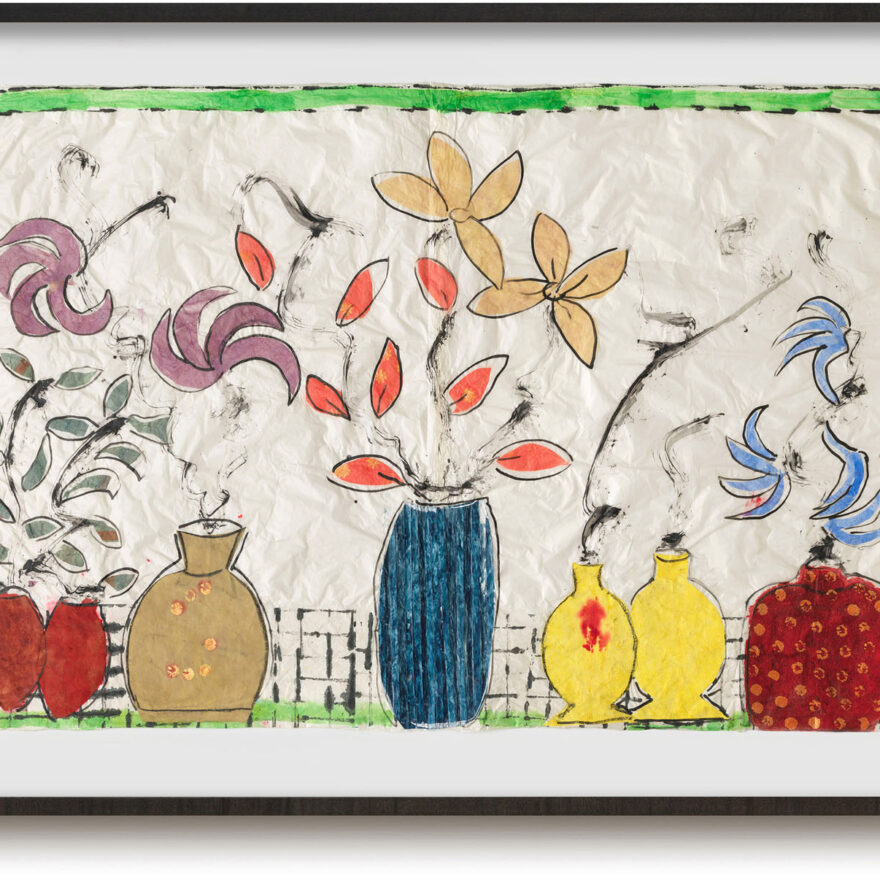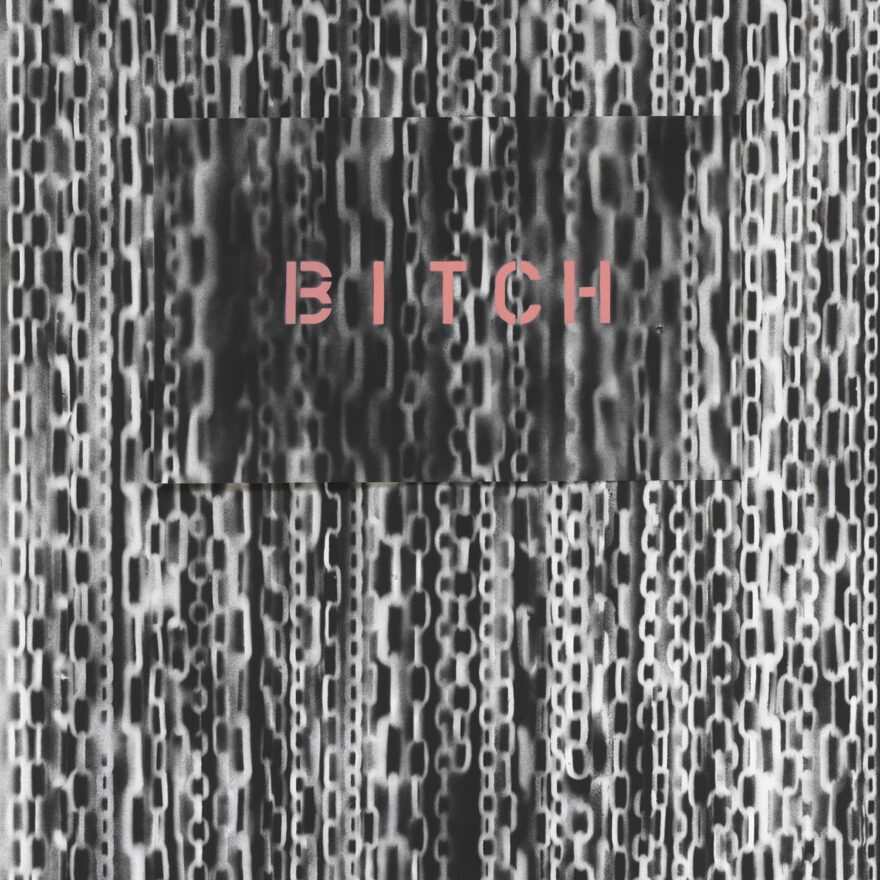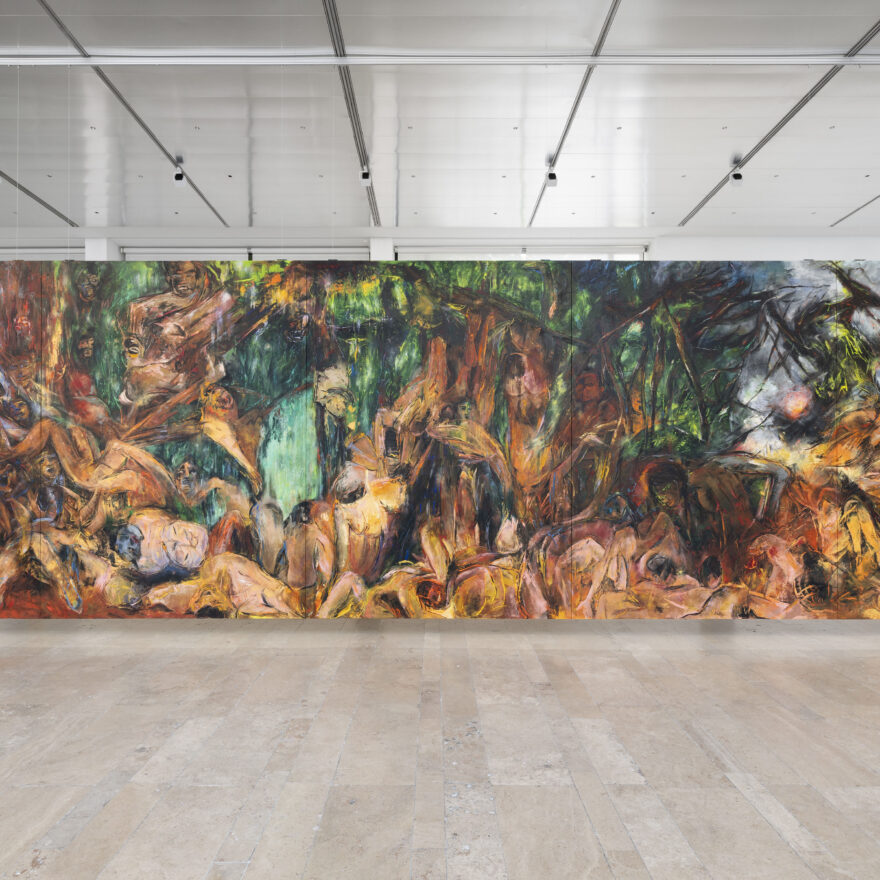Christopher Kulendran Thomas
ft-ckt-Mullivaikkal-0017: st-17-cfg-6.5-seed-9836098058-xy-00-01.png, st-17-cfg-6.5-seed-0006026423-xy-n01-01.png, st-17-cfg-6.0-seed-9127589654-
11 JUN until 9 AUG 2025
Capitain Petzel is pleased to announce Christopher Kulendran Thomas’ solo exhibition, on view from 11 June 2025.
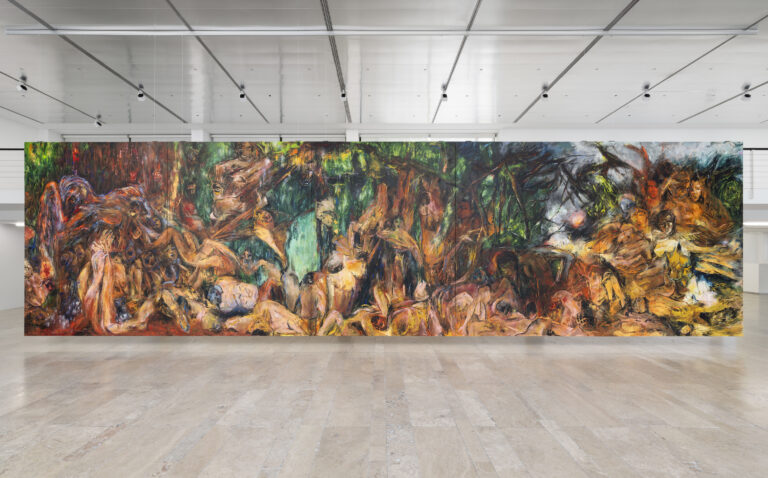
Christopher Kulendran Thomas
ft-ckt-Mullivaikkal-0017: st-17-cfg-6.5-seed-9836098058-xy-00-01.png, st-17-cfg-6.5-seed-0006026423-xy-n01-01.png, st-17-cfg-6.0-seed-9127589654-, 2025
Acrylic on canvas
349.5 x 1297 cm
137.6 x 510.6 inches
(B-CKTHOMAS-.25-0001)
Photo credit:
© Christopher Kulendran Thomas
Courtesy the artist and Capitain Petzel, Berlin
Ph: Andrea Rossetti
The exhibition consists of one monumental painting and three small works on glass that algorithmically metabolize the colonial art history that came to dominate in Sri Lanka after the artist’s family, who are Tamil, left escalating ethnic violence in the country. The big painting, which gives the exhibition its title, spans the entirety of the exhibition space. The composition is densely packed with bodies emerging from, and fading into, a dark forest. Distinctions between figure and environment – and between creation and destruction – are almost indistinguishable. This new painting, the artist’s largest to date, raises questions that are particularly urgent in the aftermath of conflict and erasure: Which histories are rendered visible? Who holds the authority to narrate them? And how are images mobilized to shape memory?
Kulendran Thomas’ practice subtly seeds doubt into the ideas of authorship, freedom, and cultural legitimacy that have long structured artistic value. Where a violent history remains undocumented, algorithmically generated images serve as blueprints. Rather than painting that contested history from documentary evidence, Kulendran Thomas instead imagines it through an engagement with the visual language of the colonial history that led to that violence – a visual language often seen as synonymous with artistic freedom but also deployed as part of broader ideological campaigns of soft power.
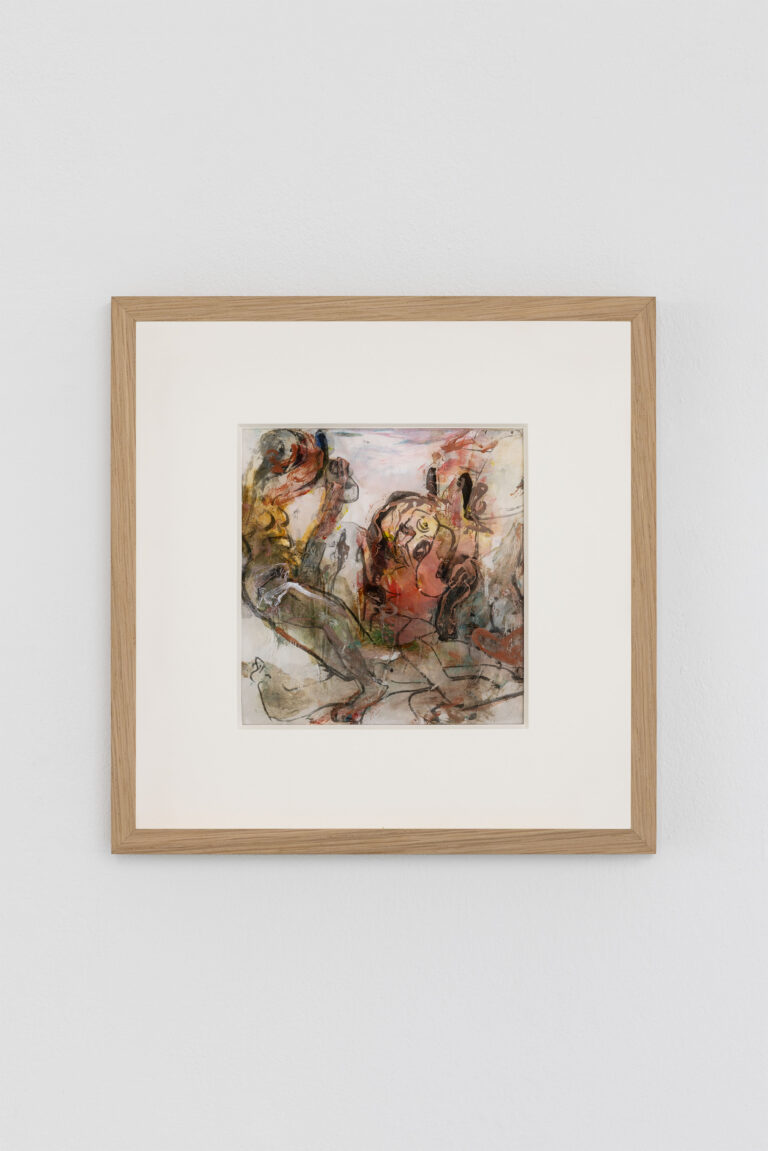
Christopher Kulendran Thomas
ft-ckt-1dc60412-0017-st-22-cfg
7.5-seed-6446922091.png, 2025
Mixed media on glass
Framed dimensions:
22.3 x 21.8 cm / 8.8 x 8.6 inches
(B-CKTHOMAS-.25-0003)
Photo credit:
© Christopher Kulendran Thomas
Courtesy the artist and Capitain Petzel, Berlin
Ph: Andrea Rossetti
Like all of Kulendran Thomas’ paintings, the works presented here are composed using a neural network trained on the work of successive generations of Sri Lanka’s most celebrated artists influenced by the European modernisms brought to the island by colonial settlers. Embodying the Western idea of the individual that is encoded into that canon, layered hybrid compositions – uncannily familiar and yet alien – are brought to life through deliberate brushwork, with painterly gestures that slip across art historical timelines. The many stages of this complex process, done collaboratively with the artist’s studio team in Berlin, reanimate the digital fragments with a very human tactility.
Here, the painting is a contested document: both a cultural artifact shaped by art history and an engagement with the political, technological, and aesthetic forces that have contributed to its construction. Spanning not only painting but also video and installation, Kulendran Thomas’ practice subverts the essentialist ideas at the core of identity politics – the kind of politics that ripped apart the artist’s family homeland. Merging automation and authorship, Kulendran Thomas’ exhibition questions the stability and legitimacy of both. His paintings do not seek a singular cultural voice but operate through hybridity and tension, reflecting a diasporic condition of fractured belonging.
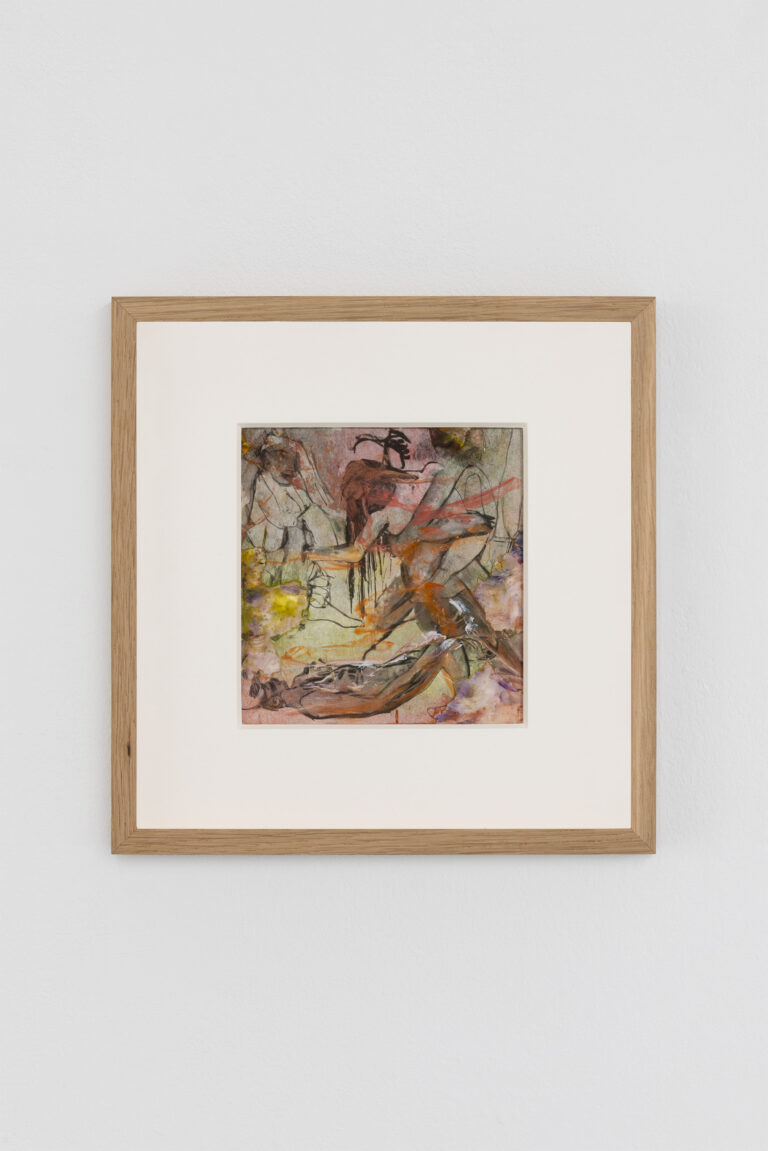
Christopher Kulendran Thomas
ft-ckt-Mullivaikkal-0017: st-17-cfg-6.5-seed-9836098058-xy-00-01.png, st-17-cfg-6.5-seed-0006026423-xy-n01-01.png, st-17-cfg-6.0-seed-9127589654-, 2025
Mixed media on glass
Framed dimensions:
22.3 x 21.8 cm / 8.8 x 8.6 inches
(B-CKTHOMAS-.25-0002)
Photo credit:
© Christopher Kulendran Thomas
Courtesy the artist and Capitain Petzel, Berlin
Ph: Andrea Rossetti
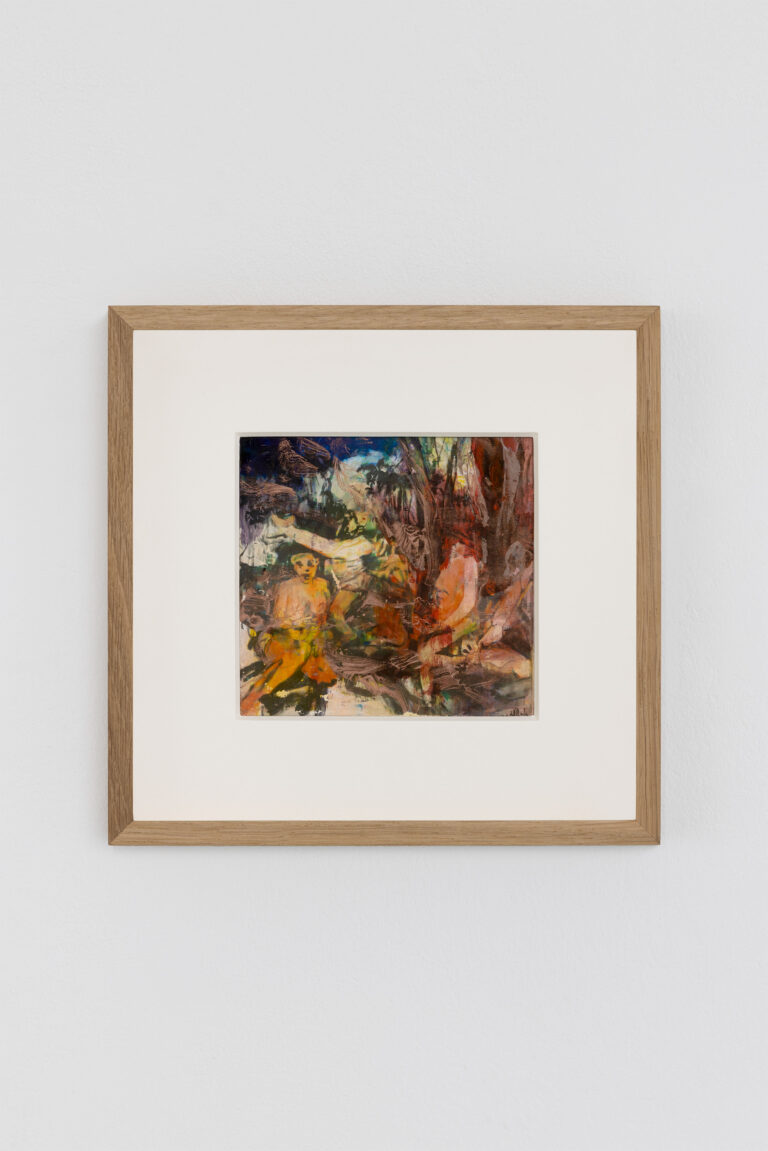
Christopher Kulendran Thomas
ft-ckt-1dc60412-0016-st-24-cfg
7.8-seed-5411324076.png, 2025
Mixed media on glass
Framed dimensions:
21.8 x 22.3 cm / 8.6 x 8.8 inches
(B-CKTHOMAS-.25-0011)
Photo credit:
© Christopher Kulendran Thomas
Courtesy the artist and Capitain Petzel, Berlin
Ph: Andrea Rossetti
Christopher Kulendran Thomas’ paintings are held in significant public collections, like that of the Museum of Modern Art in New York, and have been exhibited in the artist’s recent solo exhibitions at FACT, Liverpool (2025); WIELS, Brussels (2024); Kunsthalle Zürich (2023); KW Institute for Contemporary Art, Berlin (2022); and Institute of Contemporary Arts, London (2022).

